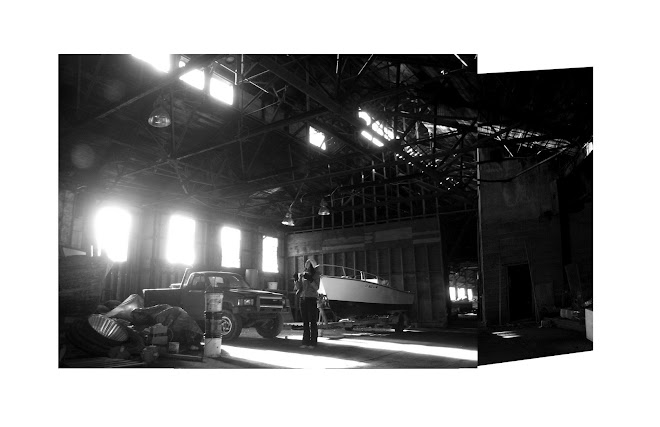Thank you note-takers, and to the committee for their conversation.
How is program defined here (by image)? When/will it take a concrete form?
The diagrams shown begin to address scope of activities in terms of roles (people) and investigation (research). The program will be further determined in part by analysis of site (situation). Afterall, a basic question in the thesis is "what goes here?", while I posit - new industry
What is the role of water? (see flood, dam, etc)
First, the river flow is currently controlled by Metropolitan District Commission via operation of the Colebrook reservoir & other water resources. I will look to use the historic & existing relationship with water as an essential component of new place. This is an opportunity to use the river to embody the "fragility" of generation/consumption and man/nature. I continue to pursue more information on flood/town relationship.
Is the intent a master plan or single building or other?
I am currently focused on the southeast pocket of the factory site beneath the bridge. I also acknowledge the inextricable context upriver and in town. Thus, scope of study & future fingerprint TBD by site (situation) & program (circumstance) analysis.
General Comment (GR)
extent/role of reuse is critical, otherwise program could go anywhere;
need to engage setting, traces, etc. AND current theoretical background doesn't embrace this. if "PATTERN" is to be a hinge to understand generation/consumption and performance of site & program (circulation and volume?),
then engage old/existing patterns with new patterns. How do you do this? For starters, see Howard Mansfield's "The Same Axe, Twice"
[Acknowledged. I remember this book on the table at the Annapolis charrette. Amazon order is en route.]
BIG project- how will you manage complexity and breadth?
First, I agree in that the scope, dominated by program diagrams and macro considerations of societal agenda, suggests a complete community. This is an important consideration since the public engagement with the manufacturing/learning activity is central. Second, I see the "Pillars" diagram being replaced with a "Patterns" diagram. Conceptually, the difference in structure is like an overgrown tree versus an... italian garden (?) But yes - time now to reorganize with identified limits + boundaries.
Possible situational approaches (brainstorms from committee):
1. guerilla act - own a piece of the pattern;
if so, change overarching idea that this current condition is without framework & irrelevant
2. take on program, living, making, thinking and develop a framework
3. Leave plant (and town) as an artifact, insert new building; which limits the need of historical preservation and master plan scope
[ed. note: That is, the scope of the thesis remains architectural. Historic preservation & master plan are key components of this instance of the architectural agenda/thesis, which is one of a theoretical process that is able to incorporate circumstantial and situational context.
I have always considered #3 to be my direction, though it may require consideration of 1 or 2 in my attitude towards the situation/context/future. The goal is to design site & place by a new studied pattern that introduces regenerative technology to help regenerate heritage.
Add'l:
Artifact notion akin to inheritance versus heritage (heritage = first generation critique; now question is one of responsibility of growth, maintenance, develop, maturation, sustainability -which may require change in form/state-)
Final thoughts on water: get all information about quantity, story, form changing, status/history of dam, raceways, turbines, etc
university of maryland school of architecture master of architecture program
4.04.2008
Subscribe to:
Post Comments (Atom)

No comments:
Post a Comment